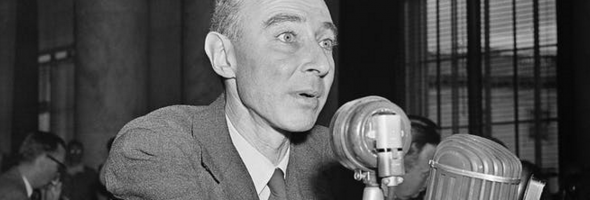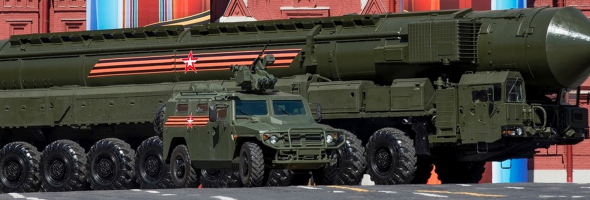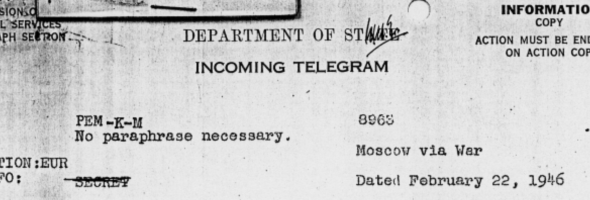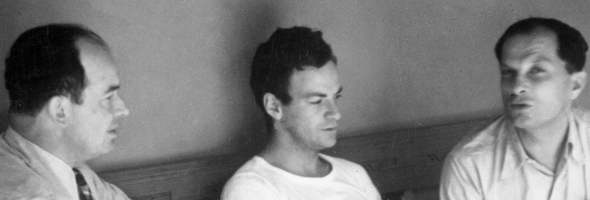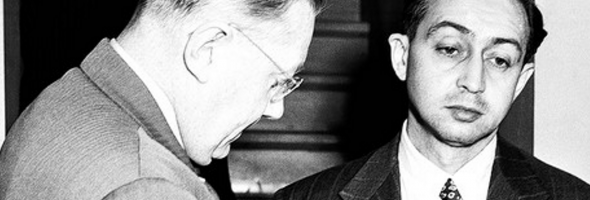A 1.6 Megaton Terrible, Monstrous Sight
The Soviet Union tested a two-stage, lithium-deuteride-fueled thermonuclear device on November 22, 1955, dropping it from a Tu-16 bomber to minimize fallout. It yielded 1.6 megatons, a yield deliberately reduced for the Semipalatinsk test from its design yield of 3 MT. According to Yuri Romanov, Adrei Sakharov and Yakov Zeldovich worked out the Teller-Ulam configuration in conversations together in early spring 1954, independently of the US development. “I recall how Andrei Dmitrievich gathered the young associates in his tiny office,” Romanov writes, “… and began talking about the amazing ability of materials with a high atomic number to be an …


